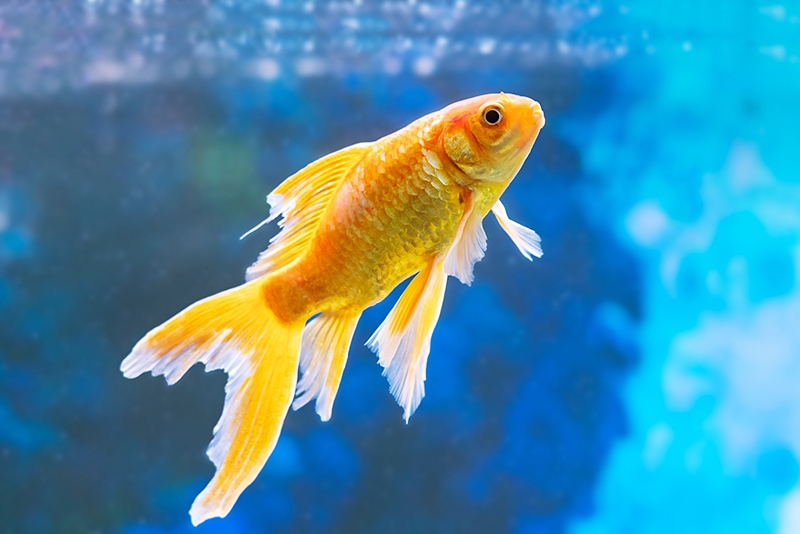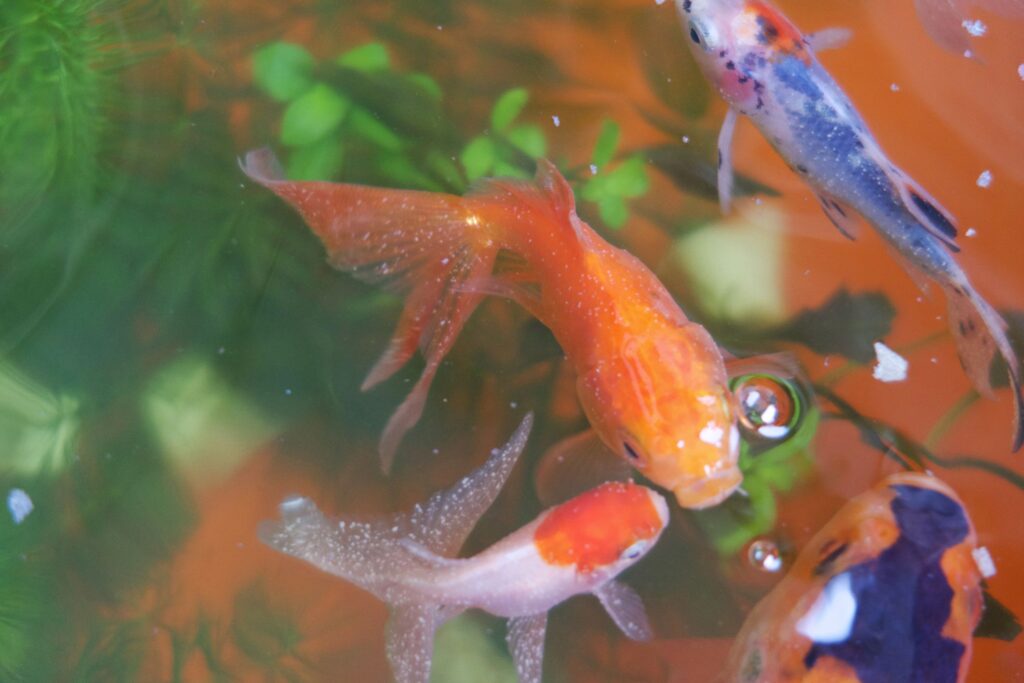
An invisible enemy lurks underwater, preying on our shimmering friends – meet Costia. This one-celled parasite might not ring a bell, yet it’s creating waves of havoc within goldfish communities worldwide.
Notoriously dubbed as the ‘invisible nemesis’, Costia is more than just a threat, it’s a silent fish assassin. Even spotless fish tanks and healthy gourmet feed fall short in securing the welfare of our flippered friends from this microscopic menace. Don’t fret just yet, keep reading; your goldfish might just thank you.
Understanding Costia – The Invisible Enemy
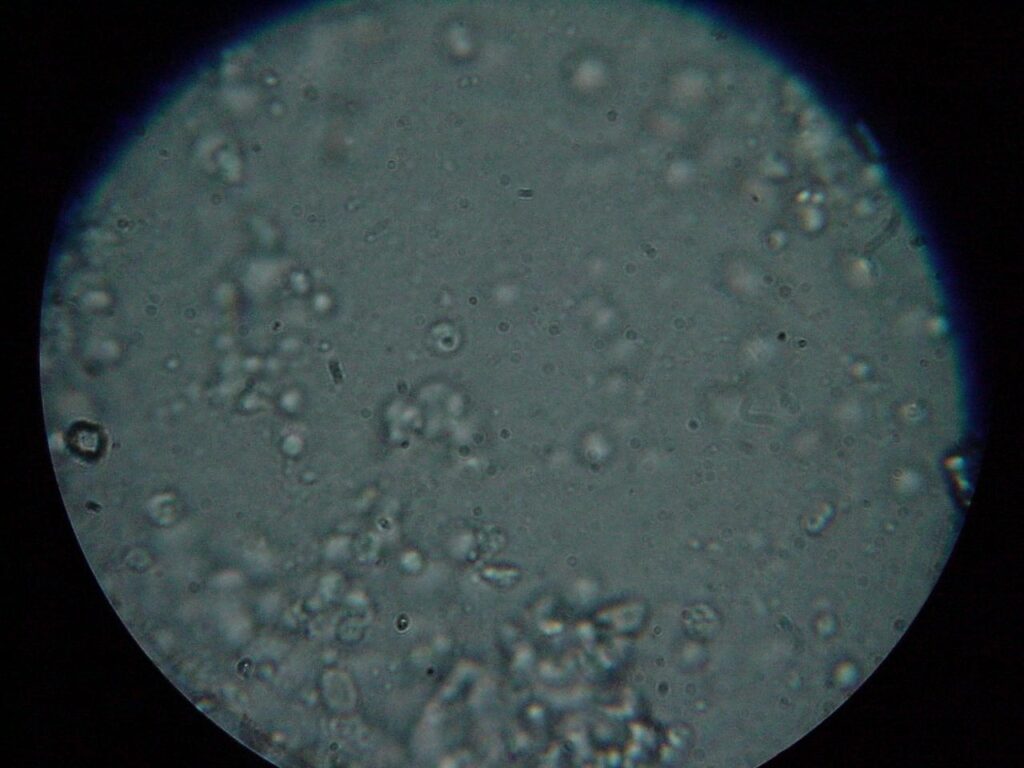
We all know that life isn’t always sunshine and rainbows, especially if you’re a goldfish. One day you’re swimming happily in your tank, the next day you’re battling Costia, a microscopic invader that loves to ruin things. Sigh, adulting is hard for goldfish too!
What is Costia?
Let’s get real about this microscopic buzzkill. Known in the science world as Ichthyobodo necator, Costia is a microscopic parasite. The tiny, flagellated protozoa cling onto our fish friends, causing all sorts of health issues. It’s like that ex-roommate who never left, and constantly used your toothbrush.
Symptoms of a Costia Infection
Your goldfish won’t start drafting a health care proxy, but there are signs when Costia decides to drop by uninvited. Common symptoms include rapid breathing, loss of appetite, excess slime, and a dusty-looking skin. Imagine your goldfish having a non-stop bad skin day. Yeah, it’s that bad!
Now that we’ve made Costia about as popular as a shark at a goldfish meeting, you’re probably thinking, “But why should I care?” Well, dear reader, there’s more to this story. Our invisible enemy creates chaos that we can’t ignore, so buckle up cause this ride is about to get bumpy in the next section!
Why Costia is a Threat to Goldfish
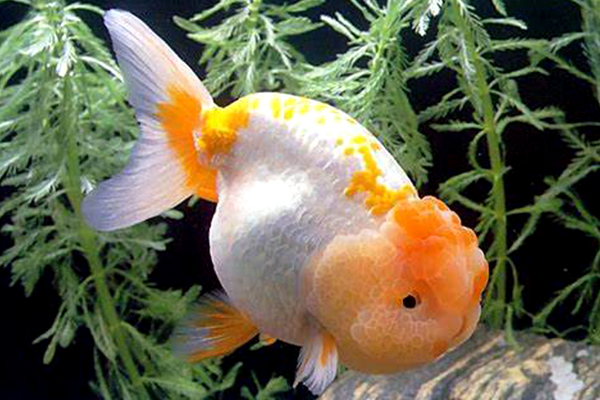
Ah, Costia. It sounds like a fancy spa resort, doesn’t it? Alas, when it comes to our beloved goldfish, it’s far from a vacation.
Effects of Costia on Goldfish Health
Let me break it down for you. Imagine feeling all gooey and messy, kind of like you’ve just stepped out of a slime bucket challenge. That’s what your goldfish feels when Costia invades their little body. This nasty little rascal, Costia, destroys the gills of your goldfish. Soon, your goldfish gasp for breath, become sluggish, lose appetite, and often die if not treated quickly. Quite the party pooper it is, right?
Why It’s Known as the ‘Invisible Nemesis’
The peculiar thing about this villain is – it’s not easy to see. Yup, it’s like an invisible pickpocket. Costia is a microscopic parasite. Even advanced aquarium equipment can’t directly detect these micro-terrorists. So while your goldfish gently swims around, this annoying uninvited guest is causing havoc.
You might be looking at your aquarium now, wondering if Costia is planning a surprise party. But worry not! Let’s chart a battle plan against this invisible nemesis, making your goldfish tank as secure as Fort Knox. So buckle up, as we’re all set to dive into the protective strategies in our next section.
Preventing a Infection
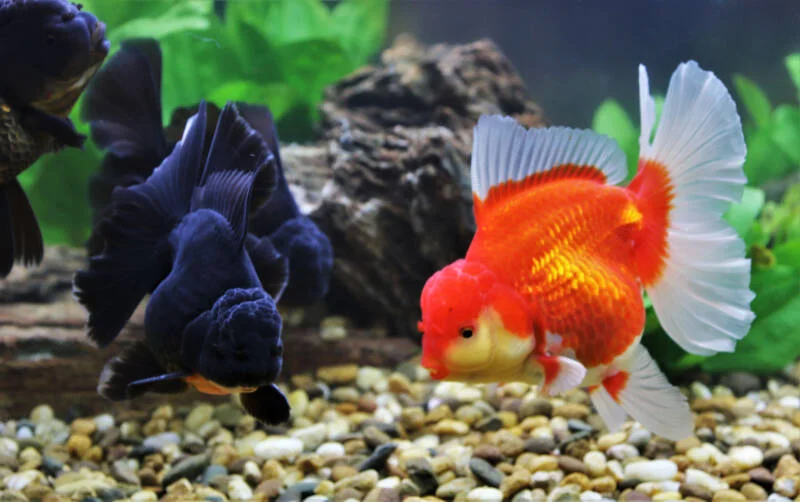
Your goldfish is your scaly little buddy who deserves a healthy, happy life. And nothing screams healthy and happy louder than a Costia-free existence! But how, pray tell, can you ensure your finned friend’s tank remains an invisible enemy-free zone? The next few sections will guide you with tips and tricks on achieving just that.
Proper Goldfish Care
First off, shower your golden pet with proper care. Do your best impression of an over-loving, helicopter pet-parent. After all, prevention is better than cure, right? Regularly check your goldfish for any telltale signs of Costia. These include clamped fins or a lackadaisical swim around the tank—because lethargic boogie is not your goldfish’s normal jam. Remember, your tiny swimmer can’t email you about its health updates. It’s on you to keep your eyes peeled.
Next, let’s dive deeper into maintaining your goldfish’s living space.
Importance of Clean Tanks
Pay close attention because we’re about to spill some real ‘tea’ here: clean tanks mean healthy fish. Yes, you read that right. If your goldfish’s house is cleaner than a hygiene freak’s dream, Costia wouldn’t dare cross the threshold. So roll up your sleeves, grab your brushes, and prepare to clean like Monica from Friends. Remember, grime doesn’t rhyme with divine.
Leaving metaphors aside, it’s time for us to explore the culinary preferences of our beloved goldfish.
Proper Diet for Goldfish
No, your goldfish can’t audition for the next season of MasterChef, but that doesn’t mean it doesn’t appreciate good cuisine. A balanced diet is crucial in strengthening your goldfish’s immune system. Think of it as your goldfish’s personal battle armor against Costia. So crank up on those high-quality pellets and fresh greens, and go easy on the treats. Because just like you, a junk food bender can leave your goldfish feeling under the weather.
And that’s it—your primer on avoiding a Costia attack. If there’s one thing to take away from this, it’s to be attentive, clean, and mindful about your pet’s diet. But what if Costia stages an unexpected invasion? Fear not, dear reader, because after the break, we’ll guide you through top treatment strategies. Sticking around would be a very wise move. Stay tuned!
Treating Goldfish Infected

Every superhero needs an arsenal of tools to combat their arch-nemesis. For goldfish owners, the enemy is Costia. Don’t fear! Arm yourself with these treatment strategies for your infected goldfish pal.
First Aid for Goldfish Showing Symptoms
When the sneaky Costia ambushes your goldfish, swift action is key. Isolate the fish from the community tank to avoid a mass invasion. Maintain optimum tank conditions, keeping the water full of oxygen and at a perfect pH. That’s fishy first aid 101!
Now, let’s dig deeper into these drastic measures.
Steps in Complete Costia Eradication
So, your fishy friend got a hit by Costia. Don’t panic – your mission to nix the nemesis begins!
First up, give the tank a thorough clean. Yes, scrub every ornament, every pebble – leave no hidey-hole unscrubbed. Change the water, but not all of it. A 20-30% change is perfect.
Next, crank up the heat, but just slightly. Costia hates extreme temperatures. It’s a tough mission, but your goldfish is counting on you!
Common Treatments and Their Effectiveness
In the war against Costia, every weapon counts. Potassium permanganate, sodium chloride, formalin – sounds like serious business, right?
But hey, they’re just fancy names for stuff most aquarists already have in their cupboards. They’re effective, but remember to use the right doses for your goldfish. Too much might be more harmful than helpful.
In case you’re wondering, antibiotics aren’t usually effective for Costia. It’s a parasite, not bacteria. So, antibiotics are as useful as a chocolate teapot in this case.
And there you have it – your own goldfish healthcare plan to tackle the invisible enemy, Costia. Armed with these steps, Costia doesn’t stand a chance. But remember, the war might be over, but the battle to maintain a healthy environment for your goldfish is ongoing.
Next, we’ll share some successful stories of dealing with Costia. It’s a survivor’s guide for any goldfish lover. So stay tuned, armor up, and prepare to dive even deeper into the world of Costia.
Living with Costia – A Survivor’s Guide for Goldfish

Conquering Costia isn’t a bed of roses, but hey, no battle worth fighting ever is, right? So before we dive into practical advice for goldfish owners, let’s boost your morale with a few gladiator stories from the goldfish world.
Successful Stories of Dealing with Costia
Once upon a time, Carlos the Calico fantail found himself up against the invisibly nasty Costia. His owner, Emily, noticed he wasn’t his usual, peppy self. Emily took action, using antibiotics and water treatments. The victory? Carlos is back to doing goldfish cartwheels in his tank. Imagine that!
Then there’s Clare, owner of Comet. She created a safe haven for him by maintaining an optimally clean, eco-balanced tank. She added a bit of salt and raised the water temperature slightly to tackle Costia. Comet is now as radiant as a shooting star, living up to his name!
Long Term Effects of a Costia Infection
Now, focusing on the aftermath. Although Costia may be vanquished, it can leave marks. Goldfish might need extra TLC to reach their full sparkling potential again. Weight loss, color and activity changes may persist. But hey, hang in there! With time and care, they can recover fully and continue blowing cute little water bubbles.
Practical Advice for Goldfish Owners
Here’s the scoop, folks. Prevention is your BFF! Maintain a clean tank, feed your goldfish a balanced diet, and quarantine any new fish. If you suspect Costia, seek advice from a vet or a seasoned aquarist. Time and quick action are of the essence.
And lastly, remember to be patient. Dealing with Costia is not a sprint, but a marathon. Encourage your scaly buddy, yeah, they can hear you… well, sort of.
Alright swim fans, we’ve reached the end of our Costia survival guide. Like any adversary, Costia can seem daunting. But with knowledge and care, you’re fully equipped to be your goldfish’s knight in shining armor, or should we say, scuba gear? That’s it from us, swim on!
Wrap Up
Navigating through the complexities of Costia infections in goldfish is indeed a challenging journey. But with good understanding of the disease, proper care, and effective treatments, we can turn this unseen enemy into a controllable adversary.
Whether you’re dodging the threat or dealing with it first-hand, remember that prevention, early detection, and swift action are your keys to success. Hold onto the survivors’ stories as proof that with patience and dedication, your goldfish can live a long, Costia-free life.
Frequently Asked Questions (FAQ)
Question: What exactly is Costia?
Answer: Costia is a microscopic parasite that affects the skin of goldfish, causing disease and often, if not treated, death. It’s nicknamed the ‘invisible nemesis’ because it’s often difficult to diagnose until it’s too late.
Question: What symptoms should I look out for?
Answer: Initial symptoms of a Costia infection include lethargy, reduced appetite, and goldfish rubbing themselves against objects. As the infection progresses, you might notice respiratory distress, visible skin damage, and excessive mucus production.
Question: How can I prevent Costia infection in my goldfish?
Answer: Prevention starts with maintaining a clean tank environment. Regularly changing the tank water, balanced feeding, and low-stress environment can help prevent Costia infection in goldfish.
Question: My goldfish has Costia. What’s the first step in treatment?
Answer: The first step is isolating the infected fish to prevent the spread of the disease. Then it’s vital to start with medicinal treatments, including antibiotics or antiparasitic medication, under the supervision of a qualified aquarial advisor or vet.
Question: What’s the long-term impact of Costia on my goldfish?
Answer: With timely detection and treatment, most goldfish make a complete recovery. However, recurrences can happen if prevention measures are not strictly followed.
Question: What practical advice is there for goldfish owners dealing with Costia?
Answer: Apart from adhering to the suggested preventative measures and treatment plan, it is advisable to stay patient and positive. Understanding the disease and acting responsibly can help your goldfish recover fully and prevent future outbreaks.


